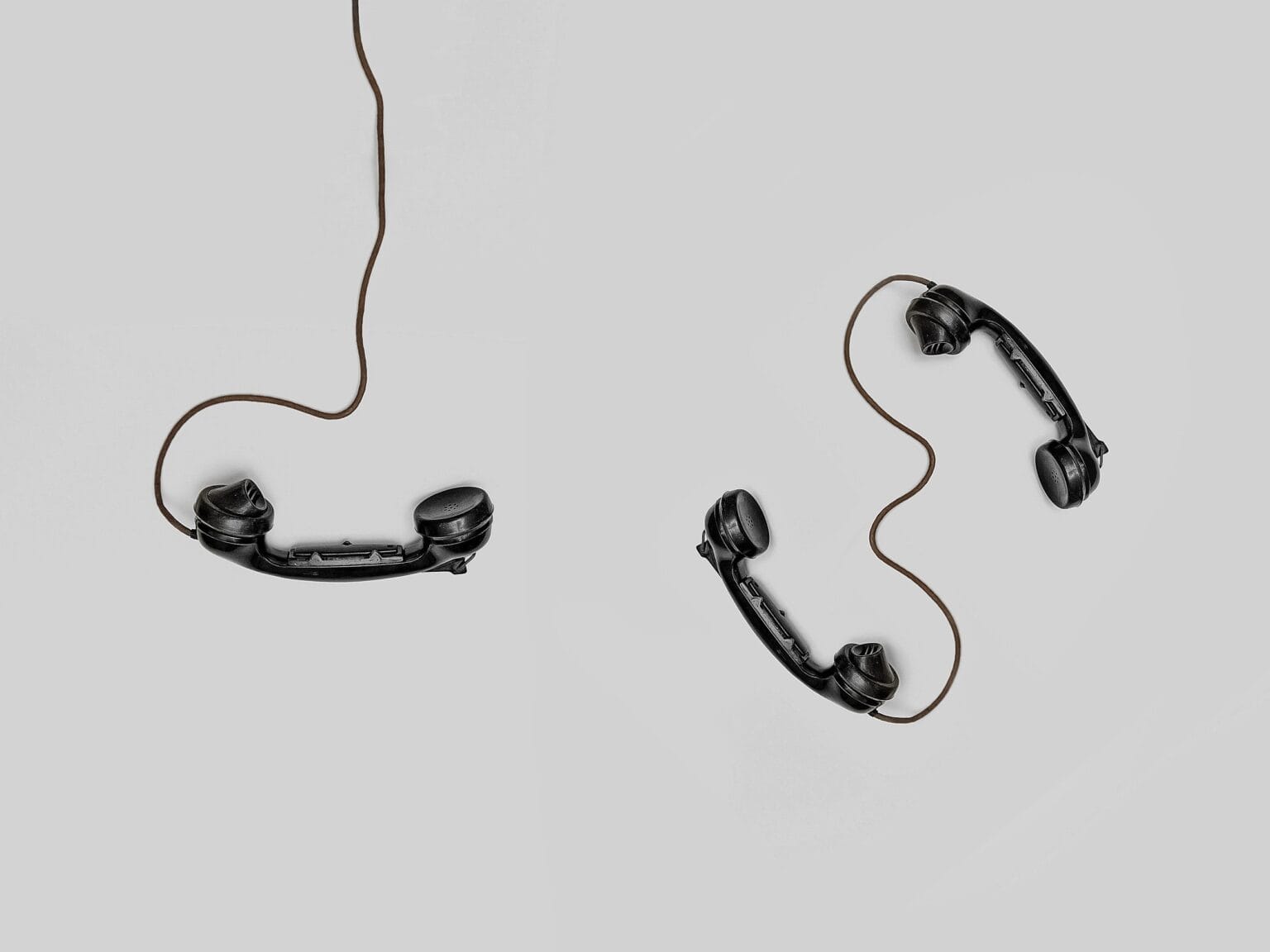
Community Care and PCPs Struggle to Talk
When you take a holistic view of a person’s healthcare, you’re likely to think of their primary care physician first. Annual physicals, longstanding relationships, and an overall view of someone’s health generally puts the PCP at the center of people’s healthcare universe.
This doesn’t mean people aren’t receiving care elsewhere though. Information flows to PCPs from all sorts of community sources whether they be local labs, specialists, or places like adult day care centers. Those adult day care centers were the subject of a recent study published by the Journal of the American Medical Informatics Association.
Many of those in these centers are patients living with dementia, or PLWD. These patients often have complicated care plans that require strong coordination between a community care center and their primary care provider.
If you’re a regular reader of this blog, you probably already know some of the issues at play here. This wasn’t a massive study, the participants were solely in California and consisted of 33 adult day care staff members and 22 primary care physicians, but the results were fairly damning nonetheless. The study’s abstract describes the results as follows:
Our results captured cumbersome and ineffective workflows currently used to exchange information across PCPs and ADCs. Stakeholders characterized current communication as (1) infrequent, (2) delayed, (3) incomplete, (4) unreliable, (5) irrelevant, and (6) generic. Conversely, communication that was bidirectional, relevant, succinct, and interdisciplinary was needed to elevate the standard of care for PLWD.
Part of the reason why the communication between the two groups is so difficult is because of the technology used to share information. These aren’t easily interoperable pieces of information residing within the same network; more than 65% of the communication occurs as either a phone call or fax. Each ADC may have documentation that looks a bit different from the rest and all of it requires someone to manually enter the information completely, accurately, and connected to the correct patient.
It would be one thing if this information could be entirely digital and interoperable with each stakeholder’s systems, but the industry isn’t quite there yet and building interfaces with everyone who sends you documents just isn’t practical or cost-effective.
Extract came up with another solution.
Our HealthyData software platform reads your incoming documents, whether they’re electronic, faxed, or scanned; it determines the document type and the information that should be present on it; finally, it sends the data and image to any downstream system you’d like.
There’s no sense dealing with an unreliable workflow when a solution exists. If you’d like to learn more about how our software captures data, please send us a note, and we’d be happy to set up an introductory call or demonstration of the platform.


